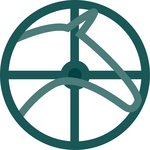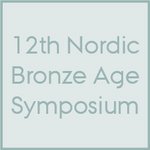

This conference will explore how European societies became linked in new ways with the introduction of bronze. Relations between local and macro-scale processes of change seem to have coincided with increased mobility in different forms and domains. An increasing exploration of spatially restricted sources of copper, tin and gold was undoubtedly central to these processes. But what kinds of mechanisms embedded new material culture and enabled technologies and ideas to become widespread across Europe? The conference welcomes insights from the humanities as well as the natural sciences on mobility, movement, and the concomitant social and biological responses to these phenomena as is exemplified, for instance, by genetics and isotopic research.The conference seeks to unpick the nuances within the above social and cultural movements by debating new results in terms of the broader field of Bronze Age mobility and to identify the agenda for future scholarly inquiries.
Venue: Section for Archaeology, Aarhus University, Moesgaard Alle 18, DK-8270 Hoejbjerg, Denmark.
The conference marks the end of the FP7 Marie Curie Initial Training Network Forging Identities.
It is organised in co-operation with the 12th Nordic Bronze Age Symposium.
We intend to publish the Proceedings of the Conference with the deadline for the submission of the definitive manuscripts in the winter of 2012.